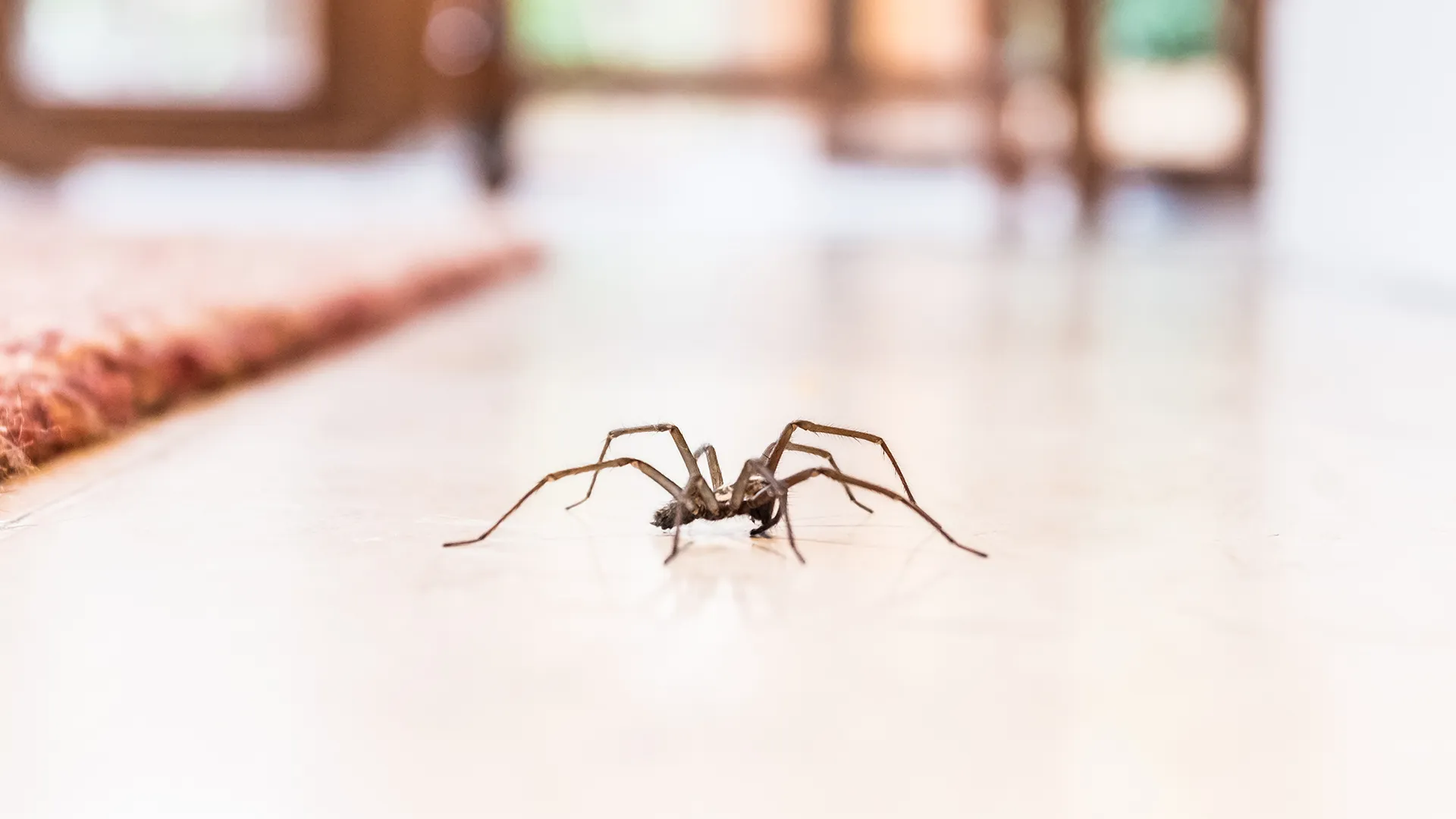Neighborhood watch programs are an important part of community safety. They have been proven to reduce crime.
A strong neighborhood watch program relies on a lot of coordination between citizens and local law enforcement. Groups have a block captain who recruits volunteers, keeps track of suspicious activities and reports them to police, maintains a map with addresses and landmarks, and organizes meetings.
Get to Know Your Neighbors
Neighbors may become concerned about crime and safety in their neighborhood for a variety of reasons. They may have a family member who has been hurt, or they may see signs of violence in the neighborhood, such as graffiti, abandoned cars, loitering, or litter.
Getting neighbors together to discuss their concerns and work to prevent crime is an important first step. Identify the top two or three issues and then meet with local law enforcement to get an idea of how they can be addressed.
Police and sheriffs’ departments across the country report substantial decreases in crime and fear because of community-law enforcement partnerships. It’s a win-win strategy: Residents learn how to spot suspicious activity and police are alerted to problems that may be causing crime.
Start a Neighborhood Watch group to reduce crime and make your neighborhood safer for your family. It’s not as hard as you might think. All you need are good observation skills and an open mind.
Communicate With One Another
A neighborhood’s safety depends on residents communicating with one another. Whether there’s a crime problem or not, every neighborhood needs people who know about each other and work together to make it safer.
Keeping in touch can involve phone trees, newsletters, and other kinds of communication. It can also include social events that give neighbors a chance to get to know each other.
When a crime occurs, everyone needs to call 911 immediately. But it can also be helpful to let a group know about the situation before law enforcement officials arrive.
To make sure everyone is on the same page, have a meeting to discuss all of the neighborhood’s concerns and what can be done about them. Ask the police or sheriff’s department to have a representative attend the meeting to help clarify issues and provide resources.
Then decide what groups will be involved in preventing crime. Home-school organizations, tenants’ groups, social clubs, fraternal organizations, youth organizations, and community service clubs all can be useful bases for action.
Keep an Eye Out for Suspicious Activity
Neighborhood watch programs are a time-tested way to keep your home safe and secure. But they also help neighbors work together to prevent crime.
Whether your town or neighborhood seems quiet and peaceful or is experiencing a lot of activity, early warning signs can alert you to potential problems. Abandoned cars, graffiti, people loitering, and a rash of break-ins are all signals that something needs to be done.
You can make a difference by working with law enforcement to find solutions that will benefit all your neighbors. Contact your local police or sheriff’s office to find out if they have a community liaison officer that can assist your group with resources and training.
Start by identifying your top concerns about crime in the area. Then develop a plan to address these issues. This can include a structured phone tree, scheduled patrols, additional training and crime prevention education for members of the neighborhood.
Report Crimes to the Police
Getting to know your neighbors and working together to prevent crime is one of the best ways to protect yourself and your family. Neighborhood watch programs can help you do this.
A good Neighborhood Watch program helps residents build community spirit, camaraderie and stronger relationships with law enforcement. It also deters drug dealing and open-air drug markets, discourages gangs and improves the security of young people.
The main goal of a Neighborhood Watch program is to report suspicious activity and reduce crime. It does this by reducing opportunities for criminals to commit crimes, such as by creating safer neighborhoods and homes.
A good Neighborhood Watch program starts with a neighborhood meeting and recruits members through door-to-door canvassing. It is important that the group is well organized and flexible enough to adjust their patrols and activities when needed.




